Running is more than just a test of endurance and speed; it’s a sport that demands strength and resilience. Strength training for runners is a key component for improving running performance, enhancing flexibility, and preventing injuries.
To keep improving and to reach your goals faster, incorporating strength training into your routine is essential. A full body workout is crucial for runners to target all essential muscle groups, including the core, legs, and upper body, ensuring a comprehensive approach to strength training.
Key Takeaways
- Build running-specific strength: These exercises target key muscles like the glutes, hamstrings, and core, helping runners improve speed, endurance, and overall performance.
- Minimal equipment, maximum benefits: Strengthen your body for running with simple tools like OmniBands, OmniStrap, and bodyweight exercises, perfect for home workouts.
- Prevent injuries and enhance form: Regular strength training not only helps you run faster but also reduces the risk of injury by improving muscle balance and running form.
Here, we explore seven simple yet impactful strength exercises that you can do at home, designed to enhance your strength, improve your running form, and increase your resilience.
These strength training exercises target major muscle groups that are crucial for runners (including the upper body), helping to prevent injuries and improve performance. Incorporating cross-training into your routine, such as cycling, swimming, or yoga, can further enhance your performance and prevent injuries by breaking out of the same movement patterns and giving other muscles some work while maintaining aerobic fitness.
1. Leg Extension with OmniStrap
How to Do It: Start in the starting position by sitting on a chair with your feet hip-width apart. Place the OmniStrap on your feet and attach a dumbbell for added resistance. Secure the strap tightly and slowly extend one leg straight out in front of you, ensuring you maintain a straight line as you lift. Alternate between the left leg and the right.
Benefits: Leg extensions are a great exercise for strengthening the quadriceps, which are key muscles for knee extension while running. Strong quadriceps help maintain knee stability and can enhance your stride length and speed.
2. Hamstring Curl with OmniStrap
How to Do It:
Attach the OmniStrap to one foot and link it with a dumbbell. Secure the strap and, while seated, curl your heel towards your buttocks, then slowly lower it back down.
Benefits:
This strength training exercise targets the hamstrings on the back of your thigh, a critical muscle group for pulling the leg back and for shock absorption during running. Strengthening your hamstrings balances the muscular effort with your quadriceps, reducing the risk of injuries.
3. Hip Abduction with OmniStrap
How to Do It:
Secure the OmniStrap around your ankles with a dumbbell for resistance. Stand with your feet shoulder-width apart and lift your left foot to the side first, keeping your body straight. Then, repeat the exercise with your right foot.
Benefits:
Hip abductors play a significant role in stabilizing your side-to-side movements. Strengthening these muscles helps in maintaining a proper running form, especially during long-distance runs, and can prevent pelvic drop and knee injuries.
4. Hip Flexion with OmniBand
How to Do It:
Fasten the OmniBand low on a door. Loop it around your ankle, step forward to create tension, and then lift and lower your leg while keeping the hip and knee aligned.
Benefits:
This exercise strengthens the hip flexors, which are essential for lifting your legs during the running stride. Enhanced hip flexor strength contributes to a higher knee lift, improving your efficiency and speed. Additionally, incorporating upper body strength is vital for maintaining proper posture and stability during these exercises, further optimizing your running performance.
5. Terminal Knee Extension with OmniBand
How to Do It:
Place the band behind your left knee and step back to create tension. Perform a small squat, then straighten your legs, focusing on tightening your quadriceps and ensuring the correct positioning of your left knee.
Benefits:
Terminal knee extensions are vital for strengthening the muscles around your knees. This exercise helps improve the stability of the knee joint, which is crucial for absorbing the impact during running.
6. Prone Hamstring Curls with OmniBand
How to Do It:
Lie face down and loop bands around your heels. Pull your feet towards your buttocks, then slowly lower them back to the ground.
Benefits:
Prone hamstring curls focus on the eccentric strengthening of the hamstrings, crucial for decelerating your leg at the end of the swing phase in running. This can help prevent hamstring strains, a common running injury. For those seeking a more challenging variation, incorporating a medicine ball into the exercise can increase the difficulty, enhancing core stability and strength.
7. Nordic Curl with Eccentric Focus to Target with NordStick
How to Do It:
Secure your feet with the NordStick, kneel on a cushion, and slowly lower your body towards the ground, aiming for a controlled descent of more than three seconds. Utilize support bands like the OmniBand to prevent falling abruptly.
Benefits:
Nordic curls are highly effective for developing hamstring and glute strength. They emphasize the eccentric phase, which improves muscle durability and power, key for boosting running performance and endurance. Utilizing your own body weight as resistance in this exercise is advantageous for building lean muscle in the hamstrings and glutes without increasing body weight, making it ideal for runners looking to enhance efficiency.
Bonus: Wall Sit
How to Do It:
Find a flat wall and stand with your back against it. Walk your feet forward while sliding your back down the wall until your thighs are parallel to the ground. Ensure your knees are directly above your ankles and your back is flat against the wall. Hold this position for 20 to 60 seconds, depending on your ability.
Benefits:
Wall sits are a fantastic exercise for building quad strength. By maintaining a seated position against the wall, you engage the quadriceps muscles extensively. This isometric hold also targets the glutes and calves, providing a comprehensive lower-body workout. The static nature of the wall sit helps improve muscular endurance and stability, which are crucial for maintaining a strong and efficient running form. Additionally, this exercise helps strengthen the muscles around the knees, which supports joint health and can prevent injuries commonly associated with running.

Benefits of Strength Training for Runners
Boost Running Efficiency
Strength exercises for runners can significantly boost running efficiency. By focusing on building strength in your major muscle groups, you help your body to utilize energy more effectively during runs.
Stronger muscles mean less effort is required to maintain your pace, which translates into improved endurance and speed. Exercises such as single leg squats and glute bridges target key muscles involved in running, ensuring they are robust and resilient.
Additionally, strength training enhances your running form by stabilizing your core and lower body, reducing unnecessary movements that can waste energy.
With a strong core and stable lower body, your stride becomes more efficient, allowing you to cover more ground with less effort. This not only helps in achieving better race times but also makes your runs feel smoother and more controlled, ultimately making running a more enjoyable experience.
Prevent Injury and Improve Form
Incorporating strength training into your running routine can play a pivotal role in preventing injuries and improving form.
When you focus on building strength in your major muscle groups, you enhance the stability and resilience of your body. This stability helps in maintaining proper alignment, reducing the risk of common running injuries such as shin splints or runner's knee.
Exercises like single leg squats, glute bridges, and reverse lunges bolster the connective tissues and muscles, providing additional support to joints. Additionally, a strong core ensures that your upper body remains upright and steady, minimizing the risk of fatigue-related injuries.
Furthermore, strength training enhances proprioception, which is your body's ability to perceive its position in space. This heightened awareness helps you maintain a consistent running form, even when fatigue sets in. Ultimately, this leads to safer, more efficient running, allowing you to push your limits without compromising your health.
Enhance Aerobic Fitness and Speed
Strength training is a crucial component for enhancing aerobic fitness and increasing running speed. By engaging in exercises for runners that target both the upper and lower body, you develop muscle power and endurance essential for maintaining a higher running speed over longer distances.
Incorporating movements like step-ups and glute bridges can improve your stride length and efficiency, enabling you to cover more ground with each step. As you build muscle strength, your body becomes more adept at handling the physical demands of running, which can lead to an increase in aerobic capacity.
This means your body can better utilize oxygen, allowing you to sustain faster paces without becoming fatigued. Furthermore, a strong core and stable hips level help maintain a consistent and powerful stride, directly impacting your running speed. By incorporating these strength workouts into your routine, you not only enhance your overall fitness but also gain a competitive edge on race day.
Boost Your Running Game from Home
Each of these exercises can be performed at home with minimal equipment, making them an ideal addition to your training plan. They not only build the necessary muscle strength but also enhance your core stability and overall body resilience, vital for runners who aim to improve their efficiency and prevent injuries. Additionally, consider incorporating single leg squats into your routine, as they offer a great way to further strengthen your legs and improve stability, especially if you're looking for an alternative to more challenging exercises like the pistol squat.
To further support your training, consider downloading our Resilient Runner program. This free resource offers a comprehensive suite of at-home exercises tailored for runners, providing a full strength workout program that complements your running routine. By incorporating these strength training exercises into your weekly schedule, you can ensure balanced development of your key muscles, leading to more powerful and efficient running.
DOWNLOAD THE FREE RESILIENT RUNNER PROGRAM HERE
Remember, strength is just half the battle—building resilience through proper strength training will help carry you to your finish line faster and safer. Whether you’re training for a 5K or a marathon, integrating these strength exercises will enhance your running performance and help maintain your running form in top condition. Start today, and feel the difference in your next run!
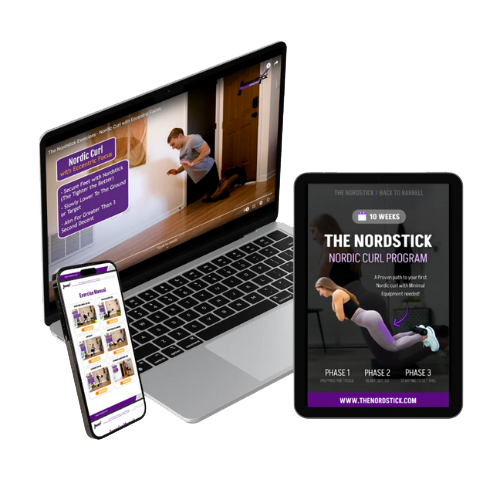


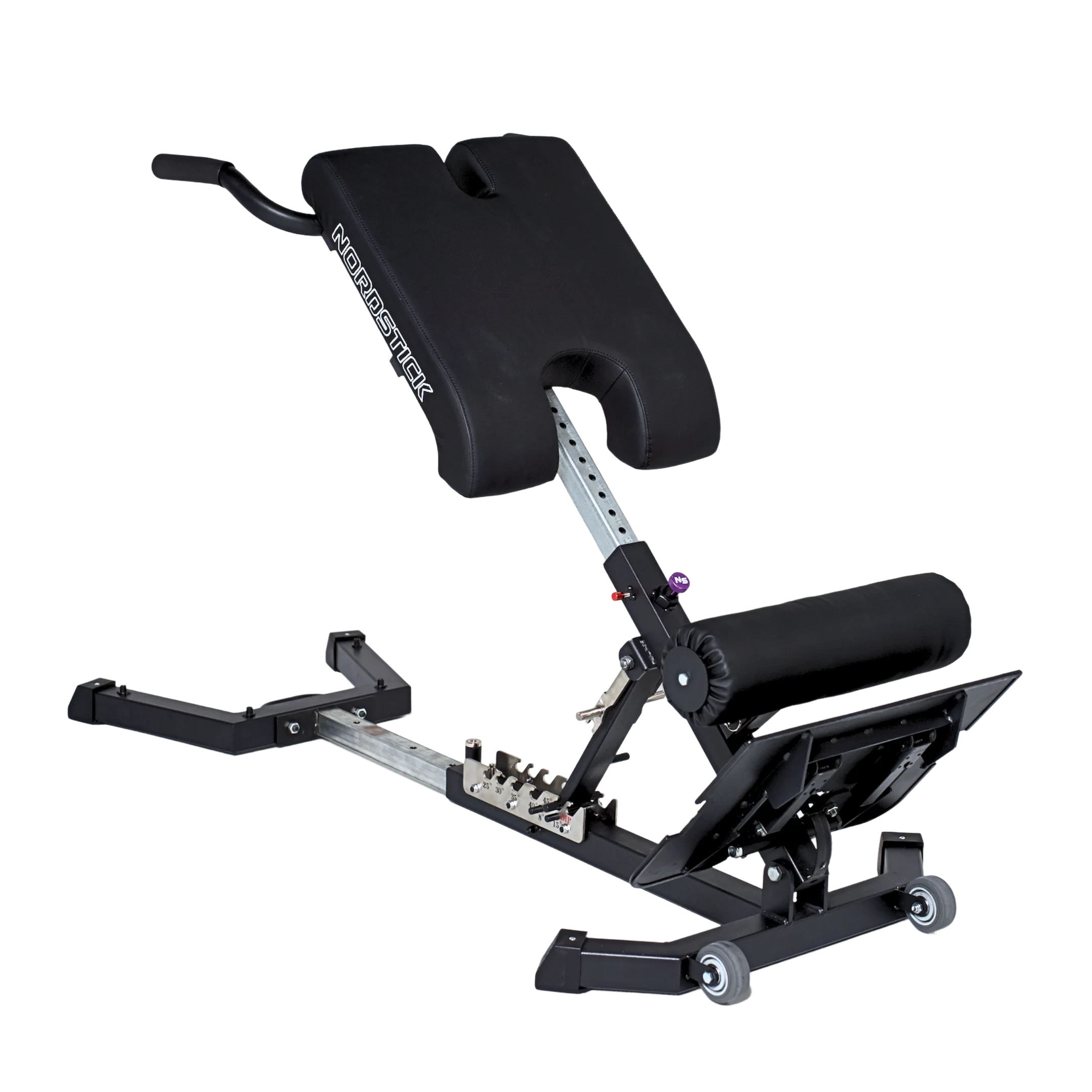
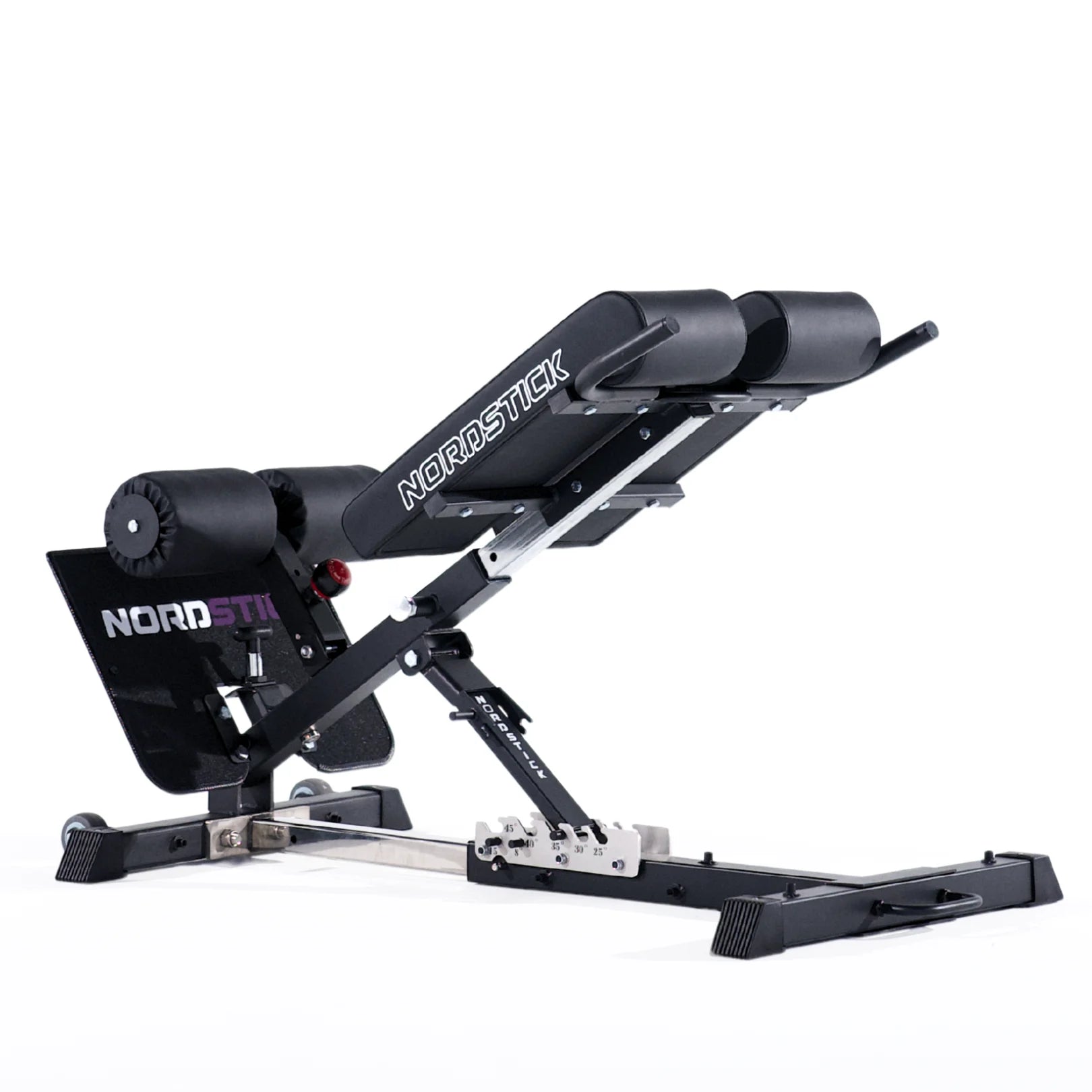





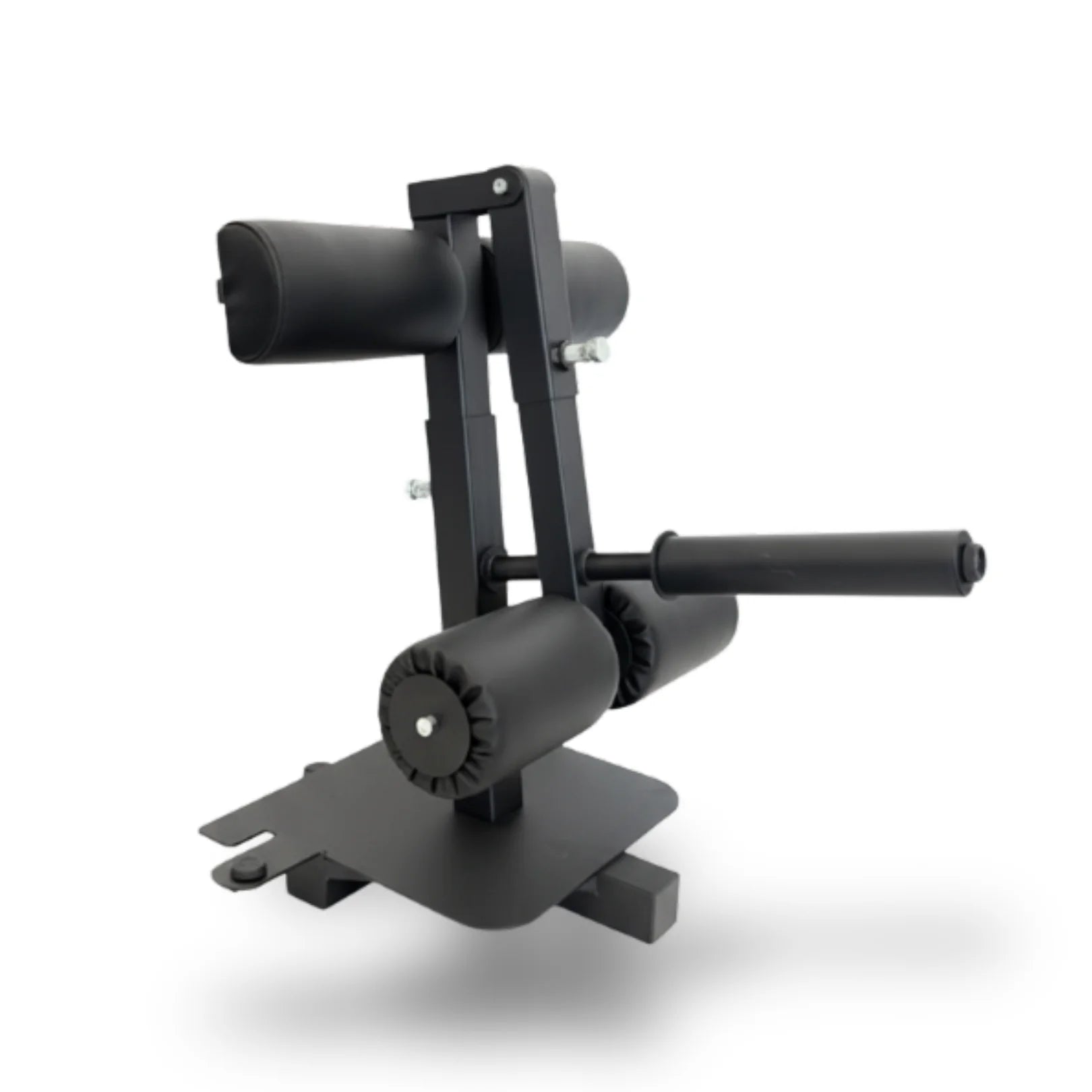
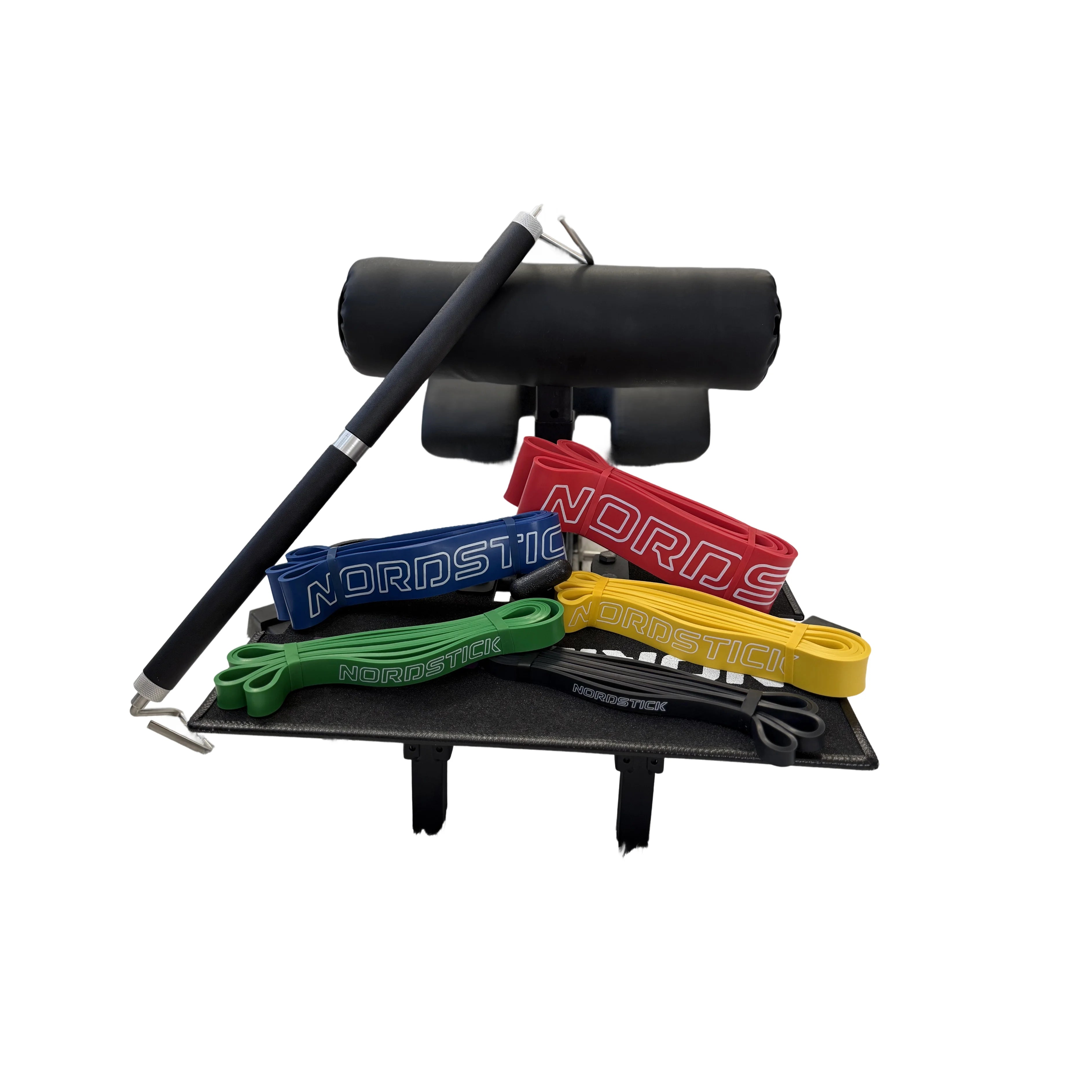
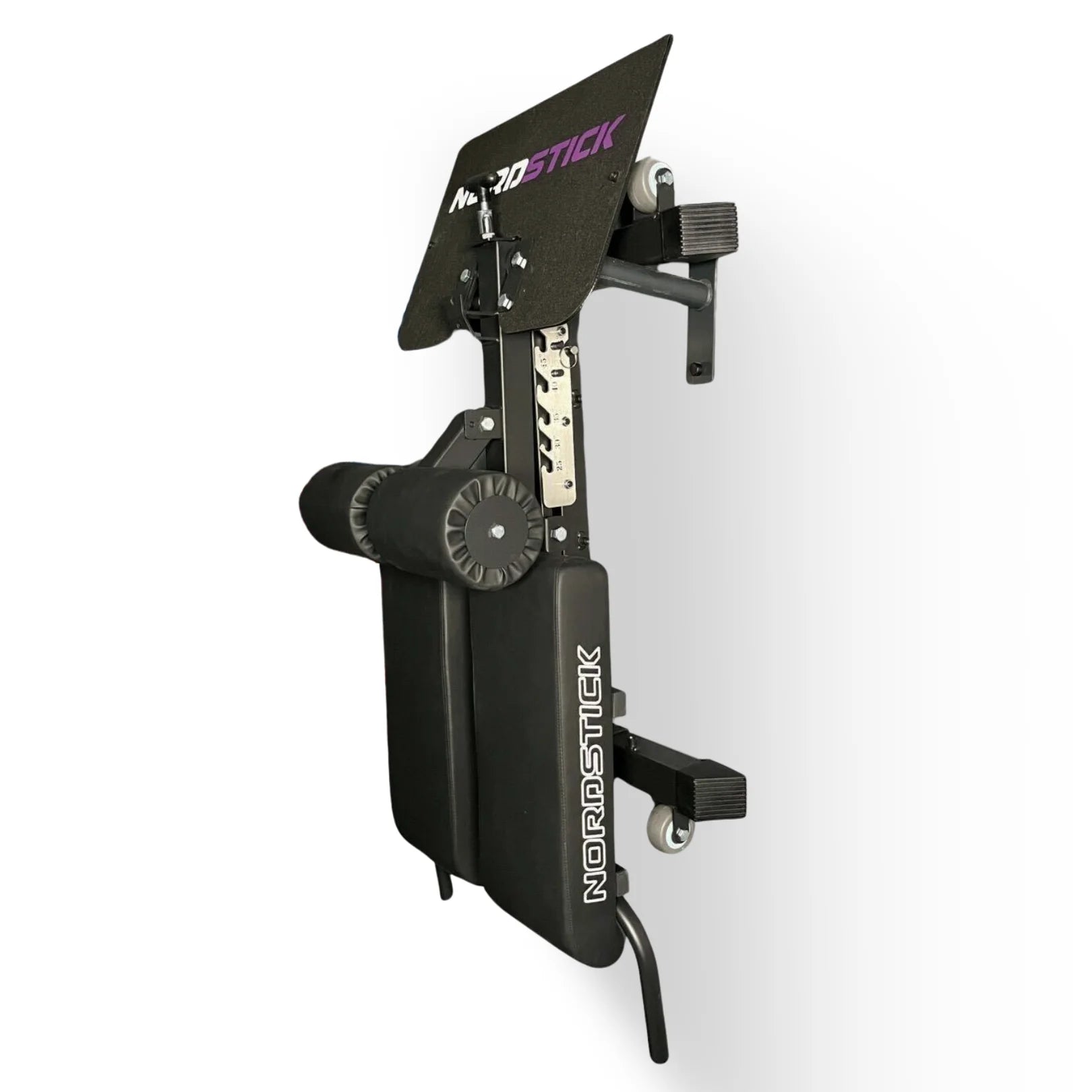
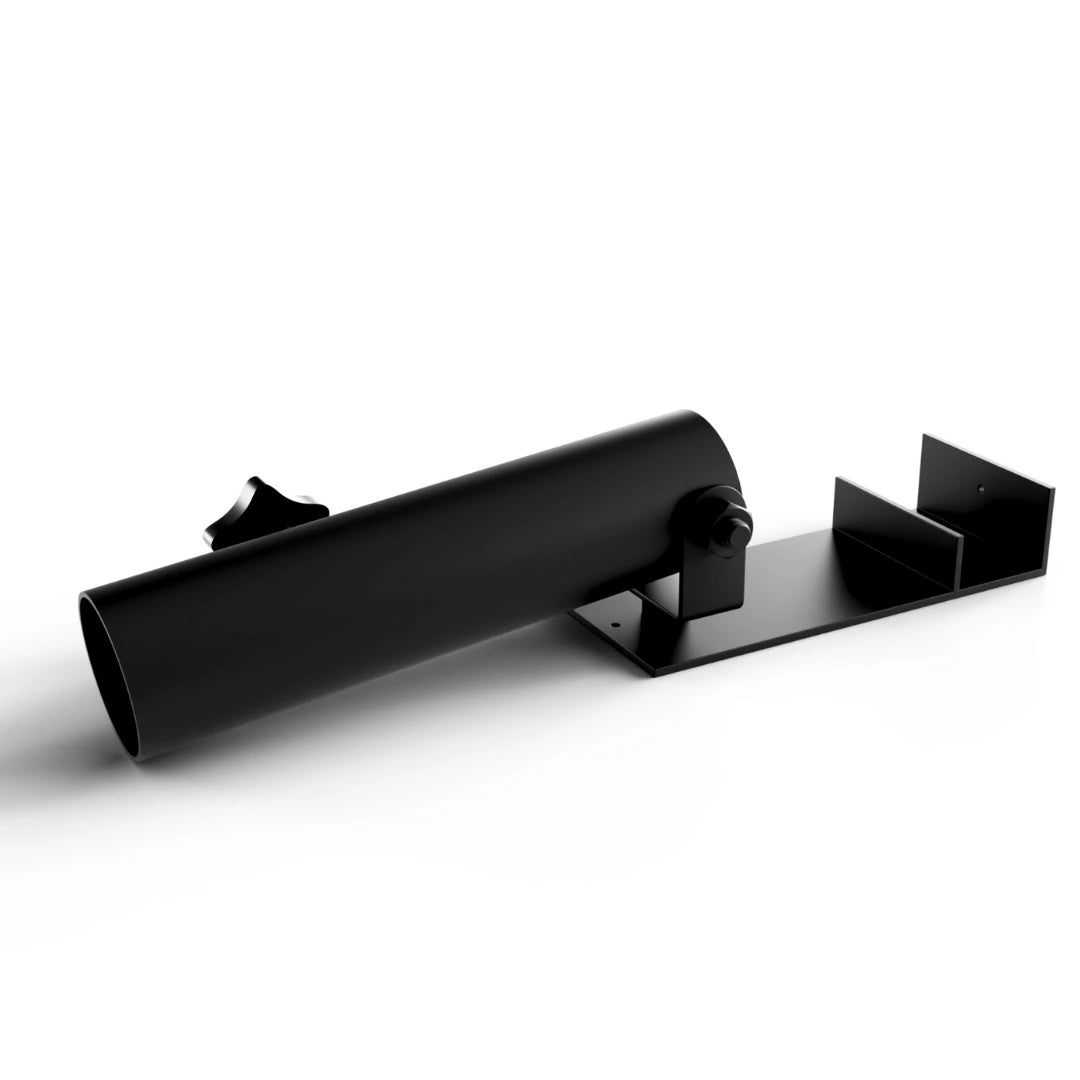
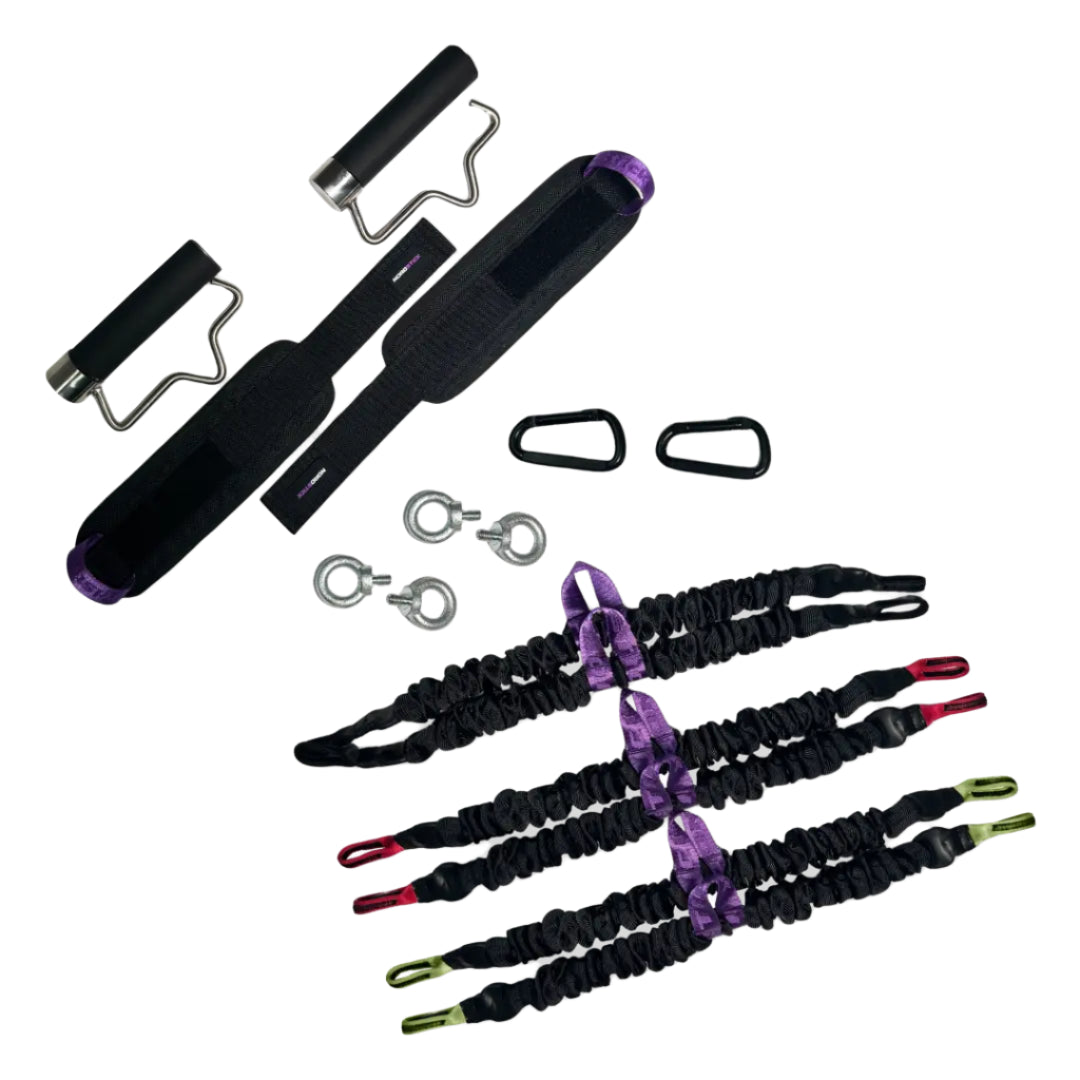
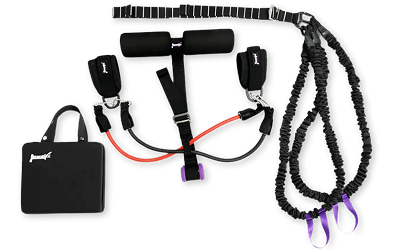
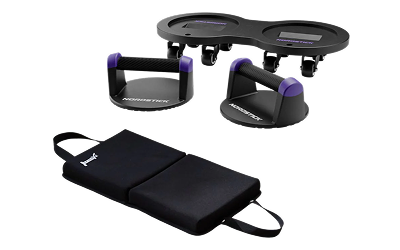
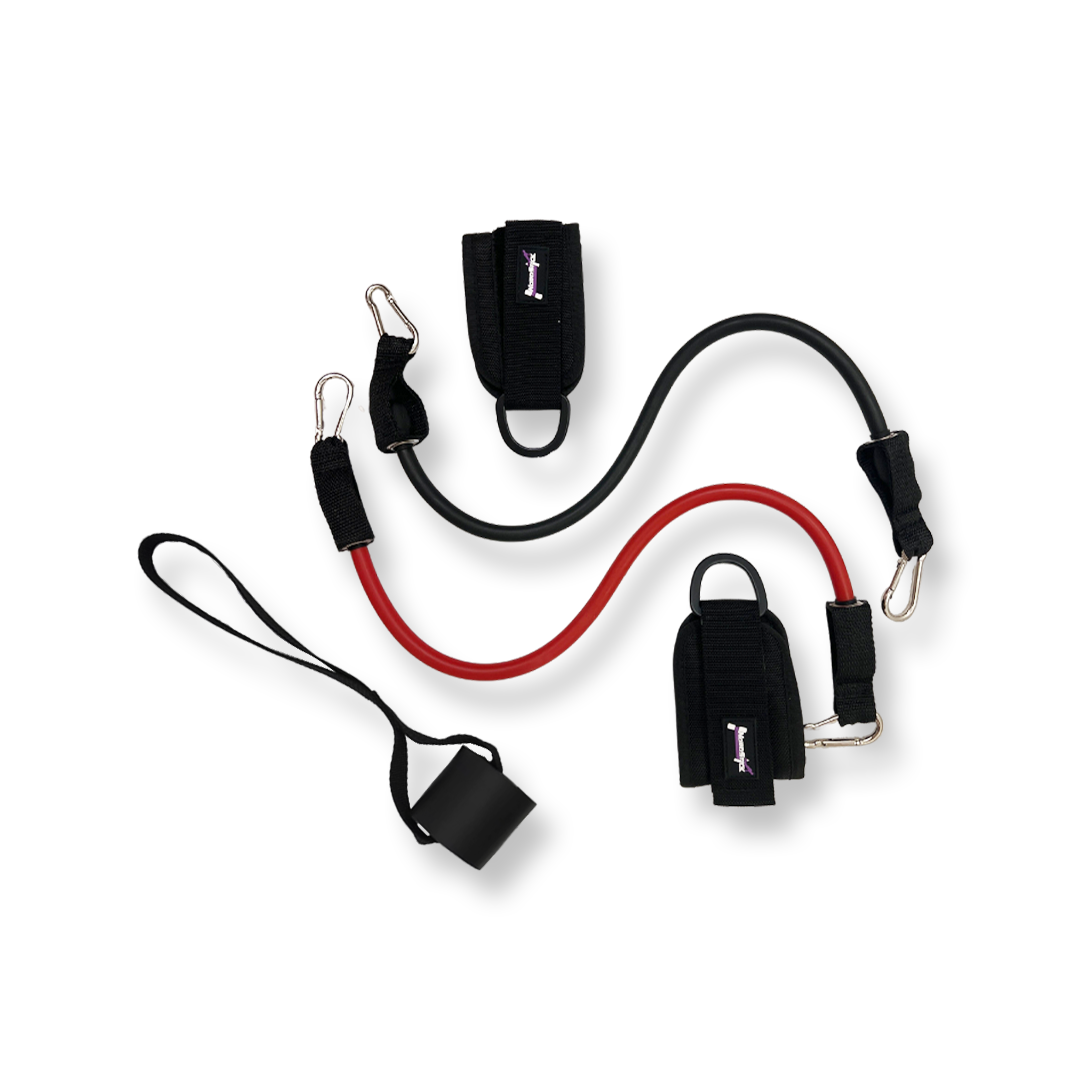
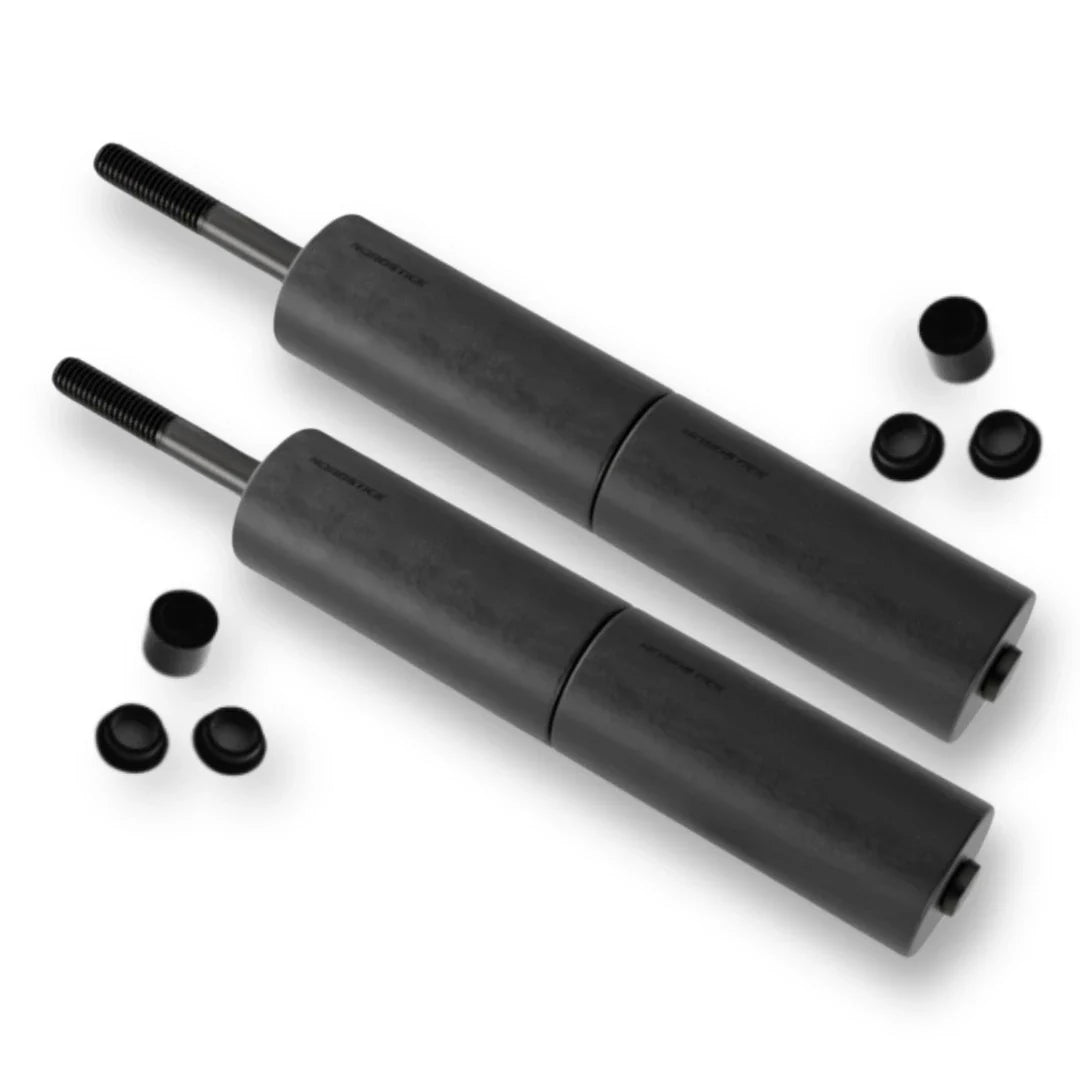
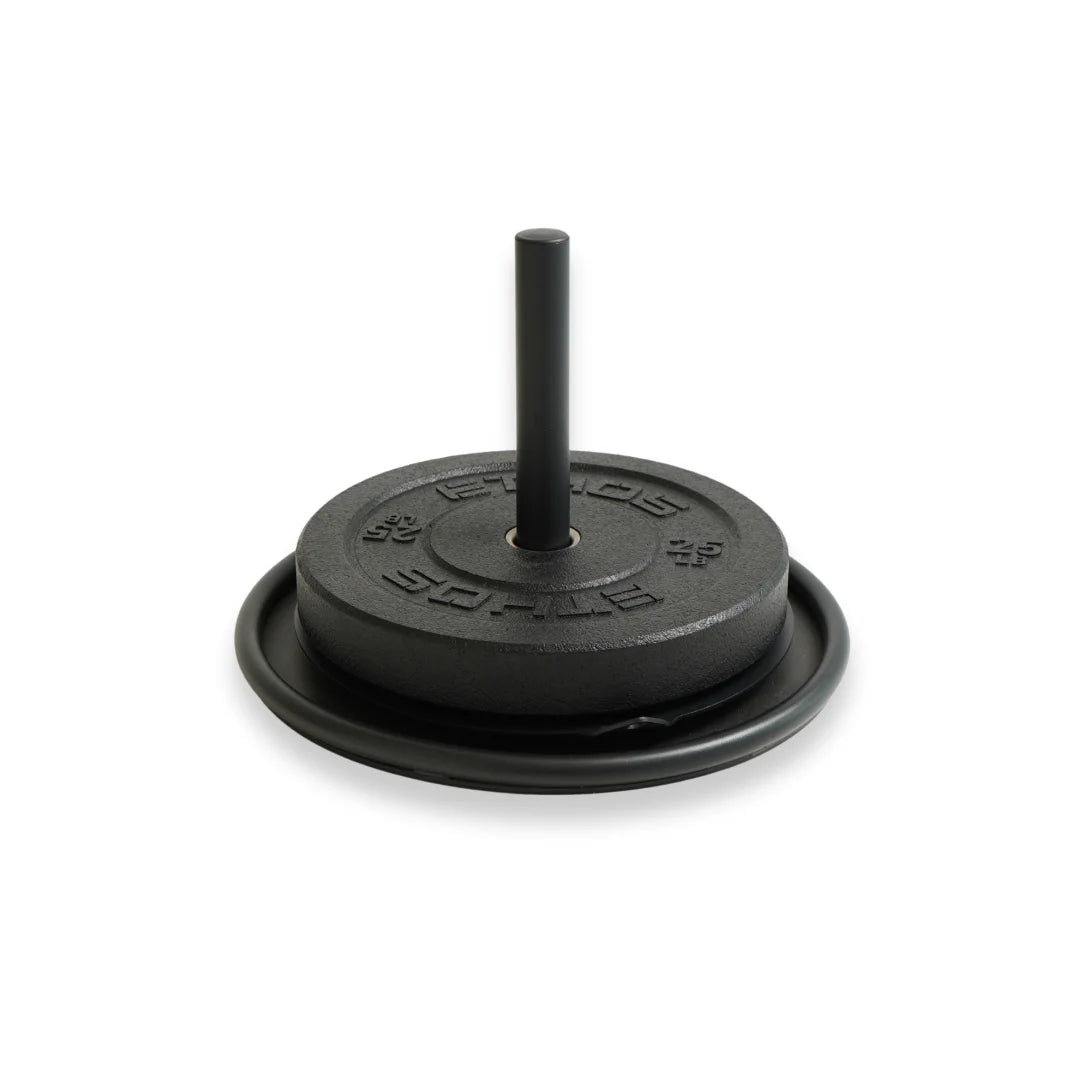
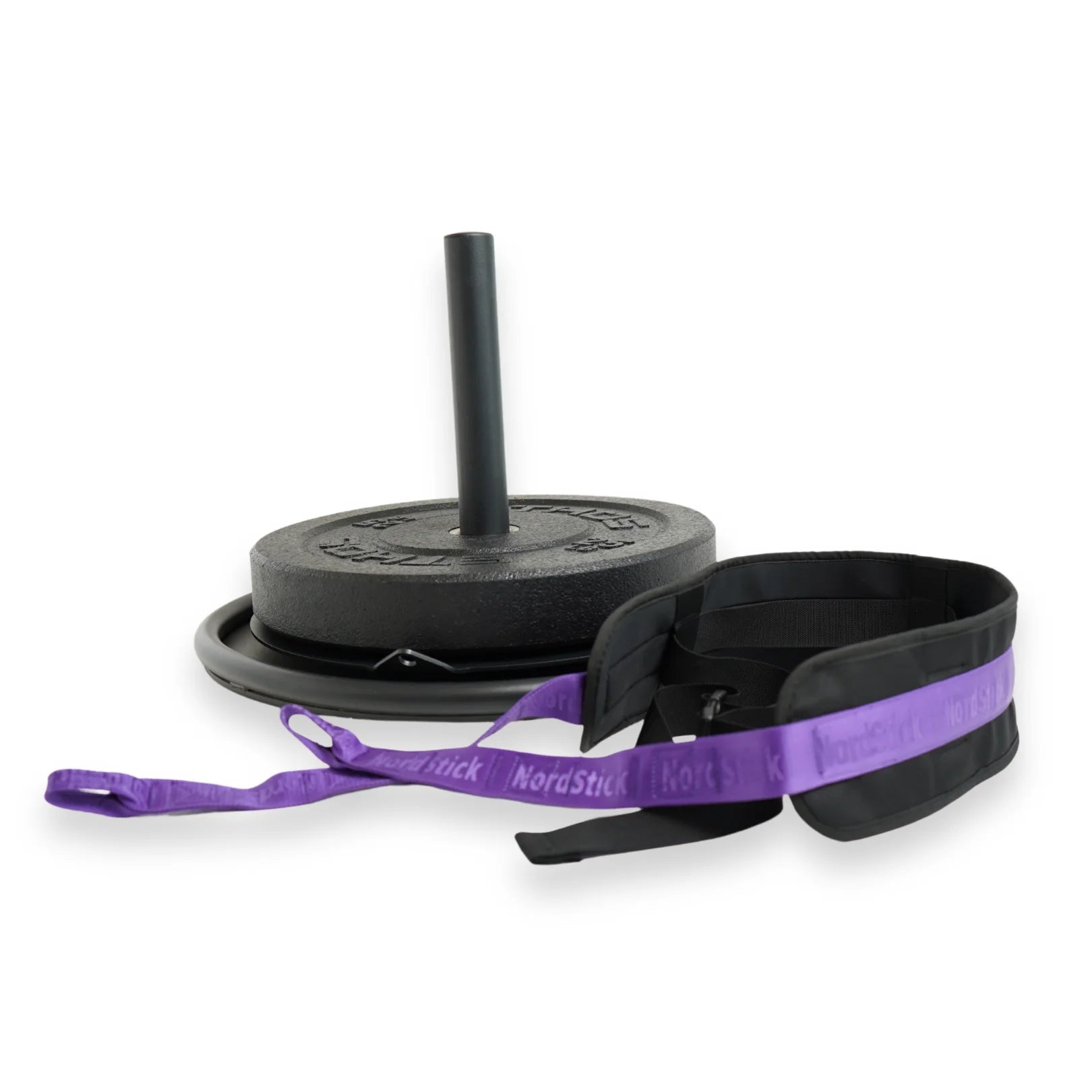
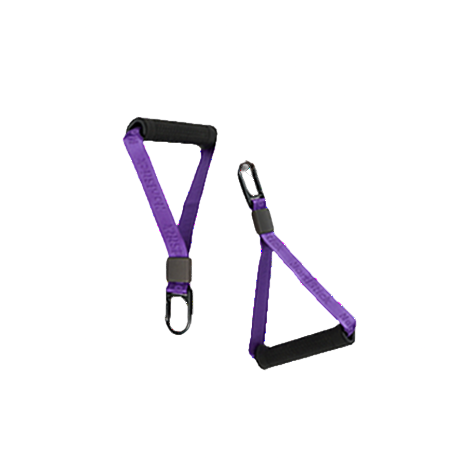

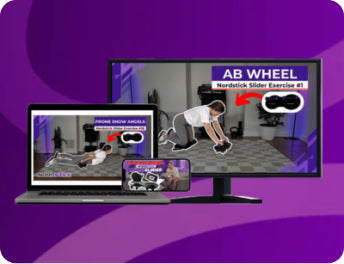


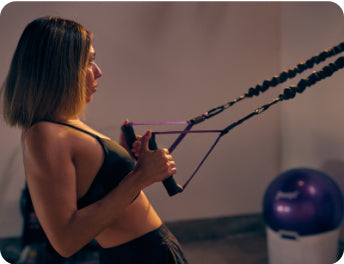


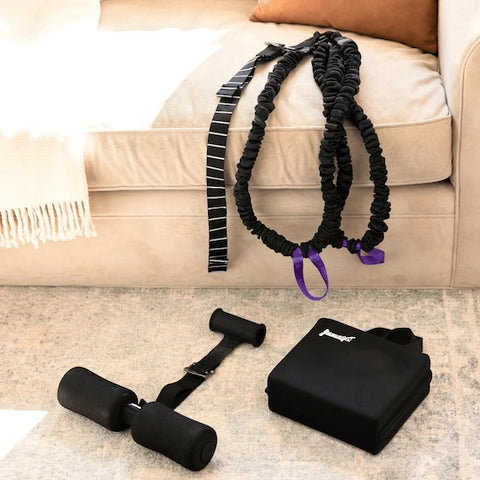


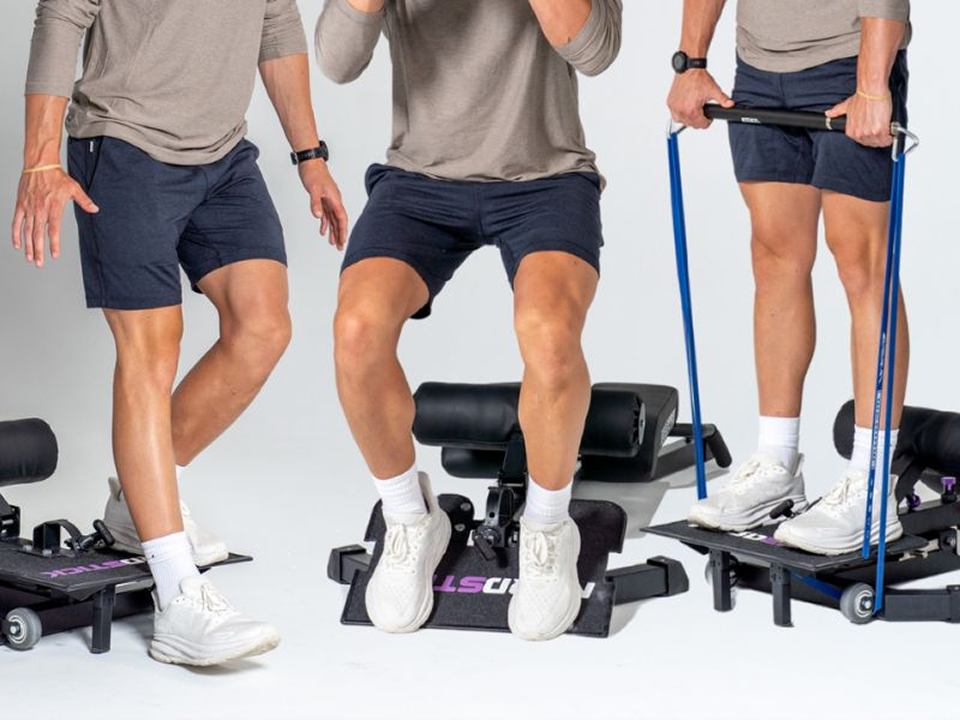
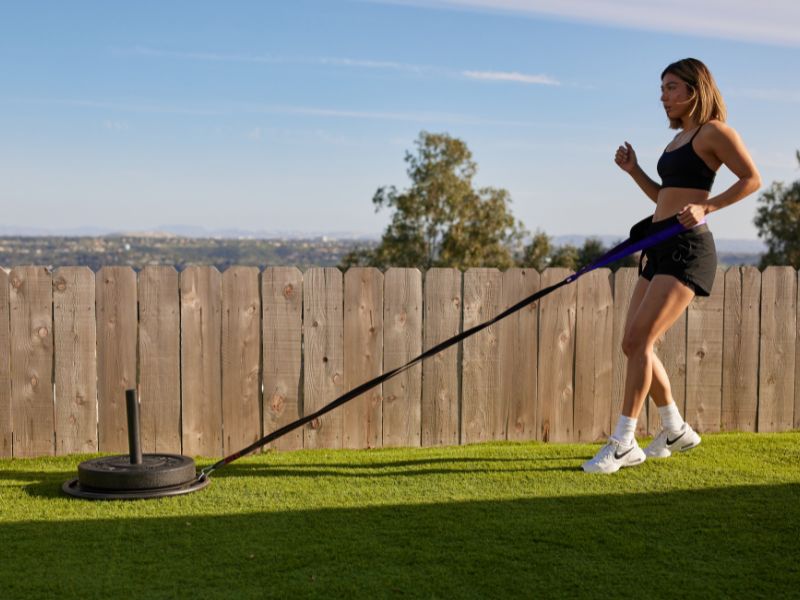





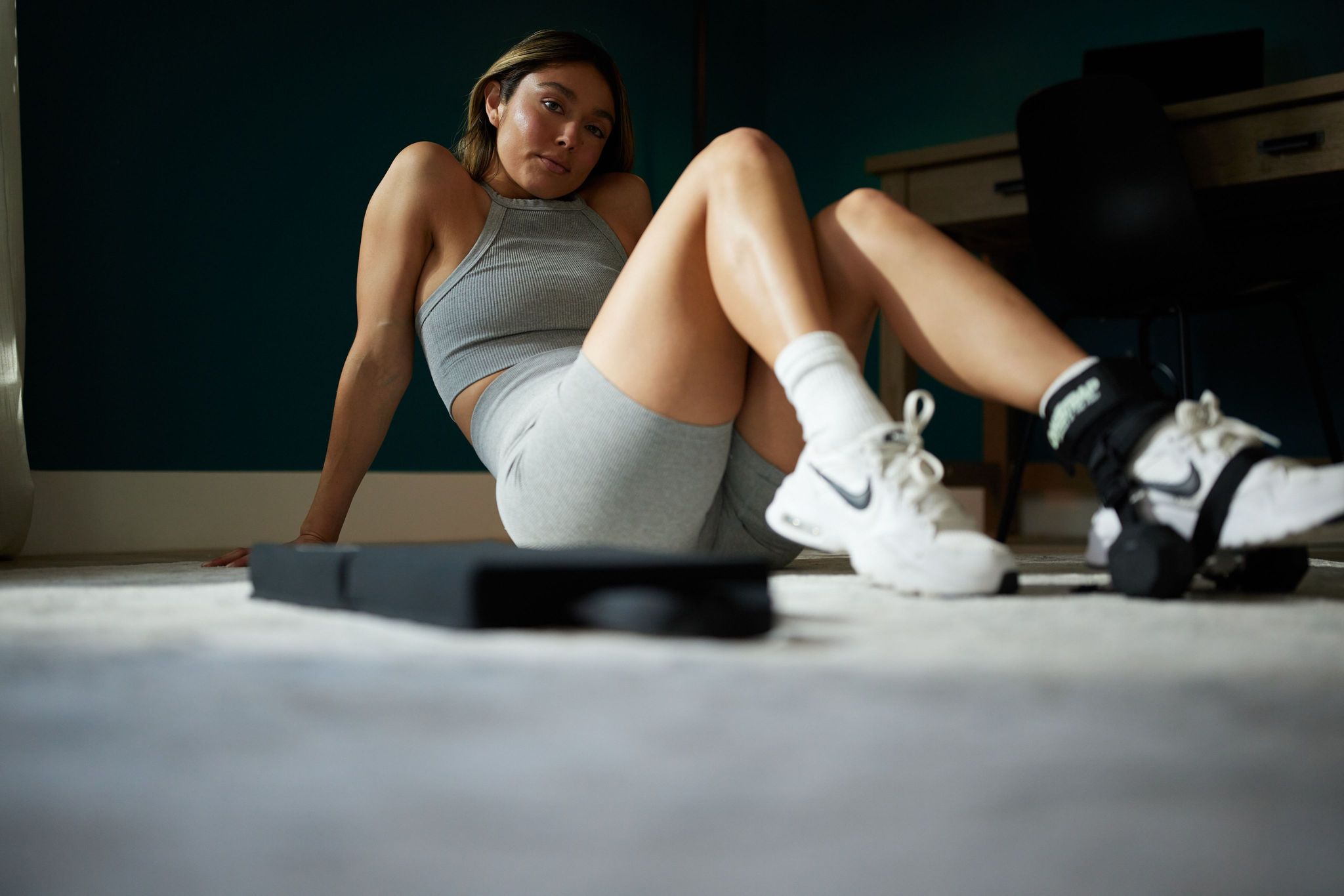



Leave a comment
This site is protected by hCaptcha and the hCaptcha Privacy Policy and Terms of Service apply.